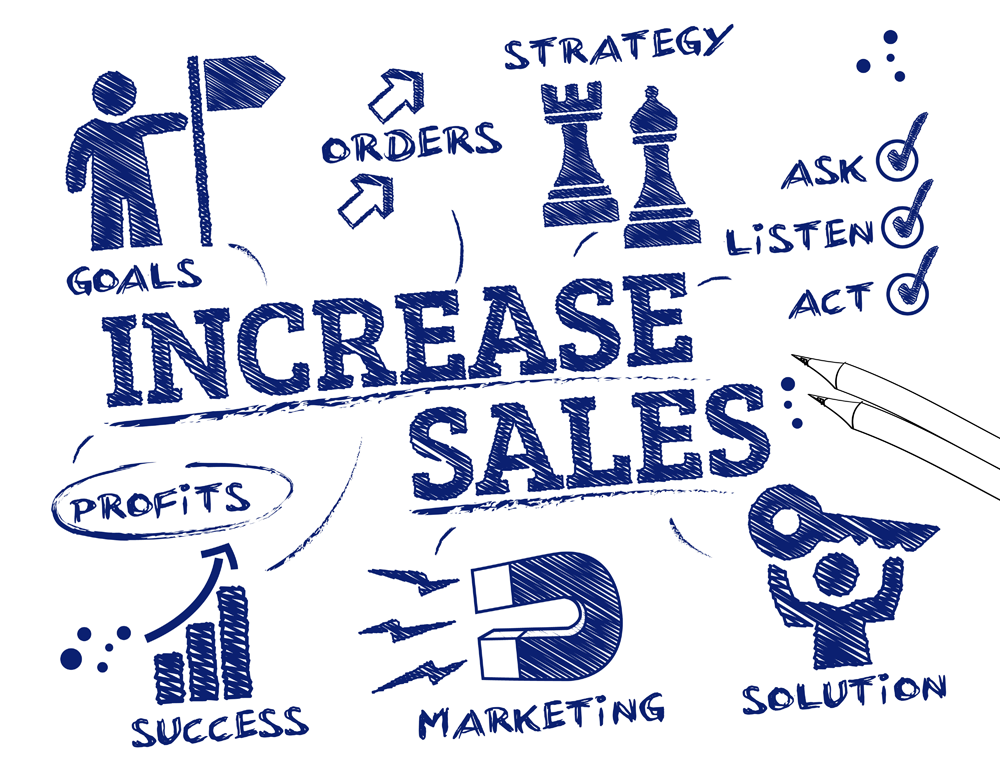
When working through phase four of entrepreneurship – operating and monitoring – you will no doubt have come across at least one issue you needed to deal with. Phase five is all about resolving those problems and challenges.
Think about The Terminator. While working on the ‘issue’ of John Connor, he didn’t waver, he never stopped, and the result was one of the biggest science fiction film franchises of all time. Since the time-travelling cyborg first arrived in 1984, another four Terminator films have graced the big screen, with the series making a reported worldwide box office revenue of $1,829,479,741.
So persistence can certainly pay dividends. Phase five of entrepreneurship is the time to release your inner Schwarzenegger and put an end to your own niggling issues.
Understanding Your Problems And Challenges
During phase four you will have checked your company's progress against your business plan and forecasts. This is a crucial way to identify anywhere that your business isn’t performing as expected. Identifying the problems and challenges is just the first stage though – you now need an in-depth understanding of what is going wrong so you can work out a solution.
Remember that any solution needs to be thought through carefully for any potential impact it may have on another area of the business. For example, say you’re having a problem with a utilities supplier and decide to switch. If you have an outstanding balance, will paying that bill impact on your ability to pay that month’s wages? Or will the new supplier have a different payment schedule which doesn’t match the one you’d planned for?
Are Your Sales Lower Than Expected?

If your sales are lower than expected, you’ll need to look at where the problem lies – is it the product itself or the way you’re selling it?
Look at your marketing to see which channel is generating the most sales and consider why that might be so. Does this tell you anything about why the other channels are less successful? Can you expand the use of that channel?
Depending on your route to market you may want to check that your distributor is doing all the right things to sell your product; if you sell direct to retailers could you incentivise them with a different pricing structure, offers on bulk sales or cashback?
Check your market research results from phase four to see whether there are any issues with your pricing, or any issues with the product itself. If the problem is with the product itself, use the feedback to make changes where you can to improve it, then shout about the changes you’ve made. (See the section below on customer service issues.)
Making changes to your product may be costly, so remember to factor that in to an updated business plan to ensure the business can afford it and that it’s worth doing.
Are Your Costs Higher Than Expected?

If your costs are higher than expected, look at all your operations to see whether there are any efficiencies you can make.
Ask your employees to track what they do each day – is everything they do essential and could they be more efficient? Do you have the right number of staff on at the right times for when the work is at its busiest – and at its quietest?
Check your bills – are you being charged the rates you were expecting and do you think you’re getting value for money? If anything is costing you more than it should, start by talking to your current suppliers about any efficiencies they can make, and then look for alternative suppliers if needed.
Is Your Bottom Line Not What You Expected?
If your bottom line is lower than it should be given the number of sales you are making, there could be a mismatch between your costs and your pricing structure.
Make sure all of your costs are being taken into account (this may actually be easier to do now that your company has been running for a while). Think – does your pricing factor in wages, taxes, and all your overheads including utilities, interest on loans and overdrafts, professional services and so on?
If a mistake has been made in your pricing, decide how to address that mistake – you can look again at your costs, but if you decide to increase prices be careful how you handle it so as not to damage relationships with current purchasers. Perhaps you can review the structure to encourage higher sales at the same price by offering a bulk sale price – which should keep large customers happy, but at the same time increase your price for individual units.
It may even be that some of your costs have increased since you wrote your business plan. If so, consider how to offset them or they’ll drag your bottom line down.
Do You Need A Cash Injection?

After looking at any financial problems you may be facing, you may decide you need a cash injection.
Back in phase two you may have looked at the options for acquiring funding for your start-up. The process will be much the same now, but instead of just having a business plan in place, lenders will also want to see how the business has been performing so far, so your books will need to be well presented and up to date.
Options now include both traditional lending and the newer ‘alternative’ options. Funding Circle has published a helpful article on the difference between crowd funding and peer-to-peer lending, and when each type may be best for a business.
There’s also more information on crowd funding as an alternative to bank lending on the Startup Donut website, and the UK government also offers a guide to the different types of funding available guide to the different types of funding available and the eligibility criteria for them.
There are also commercial finance brokers available who can support you in both finding and applying for funding for your business. The National Association of Commercial Finance Brokers offers information about the different types of funding available through its members, as well as an online database to help small companies find a local accredited broker.
Do You Have Customer Service Issues?
Keep an eye on social media chat about you and get involved if there’s anything negative going on – address it openly with an option to contact you direct. Be seen to apologise for any problems.
Consider in depth what people are saying – are the issues down to your product or how you deal with customers?
If the problem is with the product you need to get it sorted – and if you’ve made a big change, shout about what you’ve done once you’re confident with the results. Get back in touch with people who complained, and make sure your communications talk about the new, improved product.
If your problem is down to how you treat customers, either appoint a dedicated in house customer service team (if you don’t already have one) or get an expert in to check your systems.
Analyse the traffic to your website, emails and phone calls – are requests for help or complaints being responded to quickly or are people left hanging? Today’s customers expect an immediate response to any issues or questions they raise, and they will be quick to shop elsewhere if your service falls short.
Work hard to deliver solutions, and you can turn unhappy customers into your best ambassadors.
You might find as you work through your problems and challenges that potential solutions actually include expansion, for example of your product range, your territory or your production capacity. This may catapult you to phase six of entrepreneurship – renewal and expansion – faster than others, but this is the step that all growing businesses will need to take next.
Save
Save
Categories
- 24 Hour Call Answering Service (7)
- After Hours Call Answering (5)
- After-Hours Call Answering Service (6)
- Answer-4u (18)
- Artificial Intelligence (5)
- BPO (5)
- Business (67)
- Business Grants (3)
- Business Growth (4)
- Business Owner (6)
- Business Strategy (3)
- Call Diversion (6)
- Call Handling Service (13)
- Charity (2)
- Christmas (6)
- Customer Experience (5)
- Customer Satisfaction (3)
- Customer Service (32)
- Customer Services (8)
- Decision Making (3)
- Diary Management (3)
- Digital Marketing (16)
- Disaster Recovery (5)
- EntrepPhase (7)
- Entrepreneurs (7)
- Finance (2)
- Funding (3)
- HR (6)
- Infographic (2)
- Inspiration (2)
- Leadership (4)
- Marketing (15)
- Marketing Strategy (2)
- Networking (2)
- Other (4)
- Outsourcing (17)
- Phone Etiquette (11)
- Productivity (6)
- Property Management (3)
- Recruitment (7)
- ROI (1)
- Self Improvement (2)
- Small Business (14)
- SME (4)
- Staff Training (2)
- Start-Up (10)
- Technology (3)
- Telephone Answering (14)
- Time Management (4)
- Virtual Assistant (3)
- Virtual Receptionist (14)
- Workforce (9)
- Working Environment (9)
- Workplace (29)





